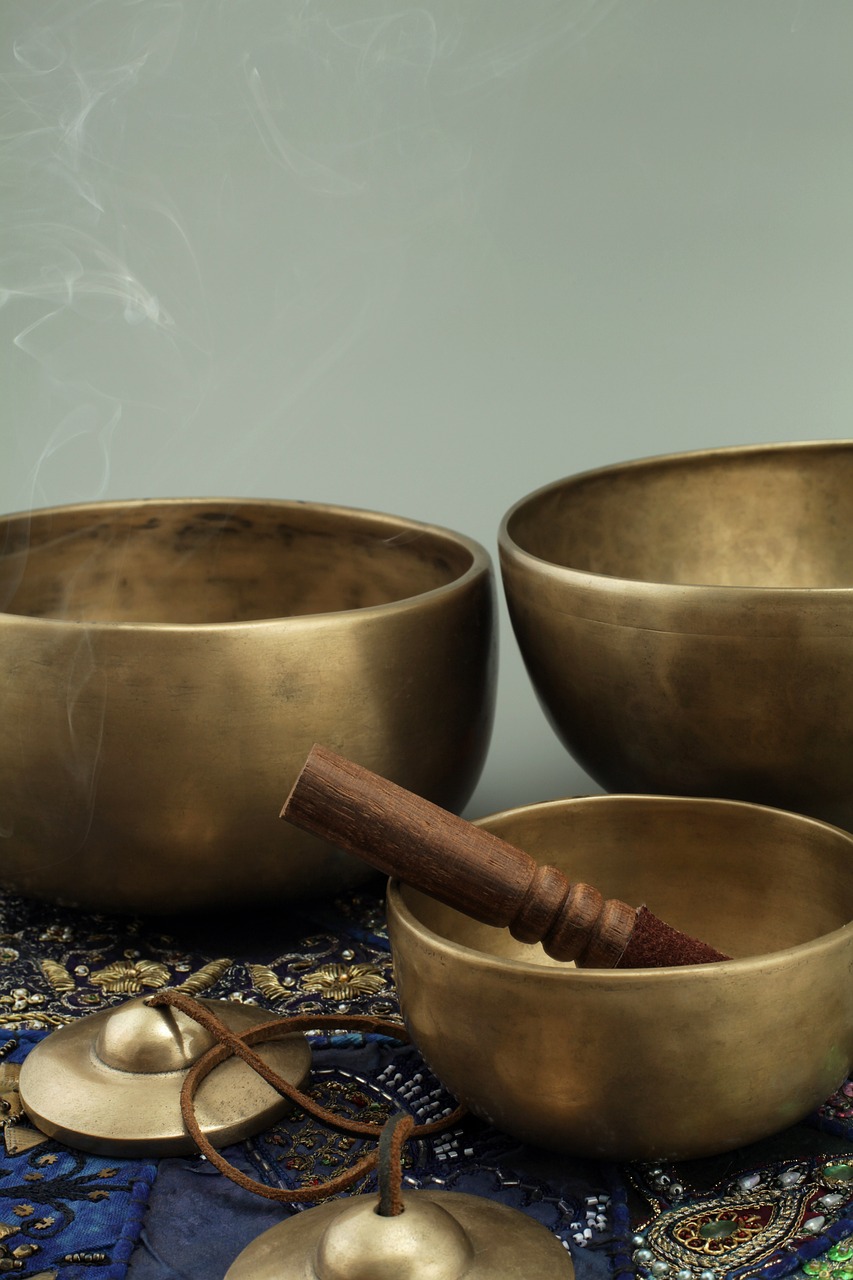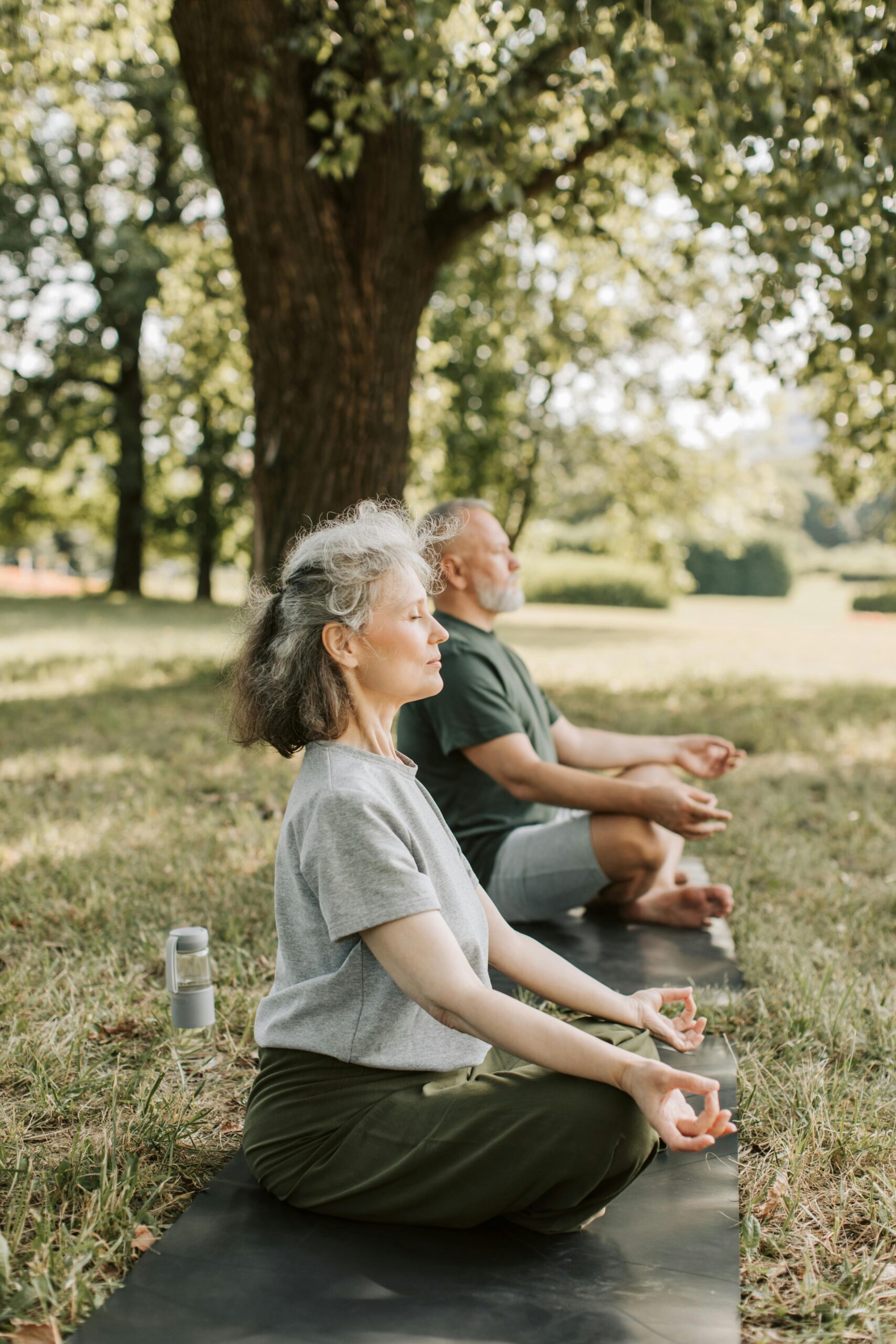
Reiki
Reiki is a form of energy healing that originated in Japan. The word comes from two Japanese words: “Rei,” meaning universal, and “Ki,” meaning life energy. It is based on the idea that an unseen life force energy flows through all living beings, and this energy is what sustains life and health.
During a session, the practitioner places their hands lightly on or just above the recipient’s body, channelling healing energy to help balance their physical, emotional, and spiritual well-being, reducing stress, promoting relaxation, and supporting the body’s natural healing processes.

Sound Healing
Sound Healing is a holistic healing practice using vibrations and sound frequencies to promote physical, emotional, and spiritual well-being. It’s based on the principle that sound can influence the body’s energy field and bring it into harmony and balance. Sound Healing can also shift brainwave activity, inducing meditative states that promote healing and emotional release.
Common tools include:
Tuning Forks: Produce precise frequencies to target specific areas of the body or energy field.
Singing Bowls: Metal or crystal bowls that produce resonant tones when struck or played with a mallet.
Gongs: Create deep, rich vibrations that can stimulate relaxation and energy flow.
Drums and Percussion: Rhythmic beats to ground and energise
Voice: Chanting or singing mantras can align energy and foster a meditative state.

Kundalini Yoga
Kundalini Yoga is sometimes called the “yoga of awareness” because it emphasises expanding consciousness and connecting with your higher self. It can help to overcome emotional and physical blocks, increase vitality, and cultivate a deeper sense of purpose.
A typical Kundalini Yoga class includes:
Kriya (Set of Movements)
This is a specific sequences of postures combined with breathing techniques and focused intention.
Pranayama (Breathwork)
Techniques like alternate nostril breathing or “Breath of Fire” to enhance energy flow and clarity.
Chanting Mantras
Repetition of sacred sounds or phrases to focus the mind and raise vibrational energy.
Relaxation
Allowing the body and mind to integrate the effects of the practice.